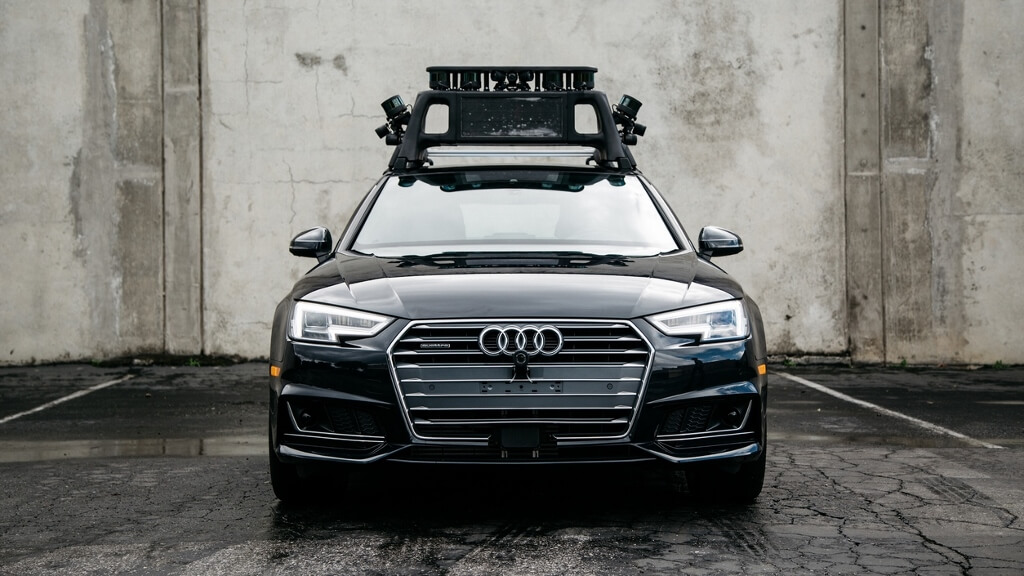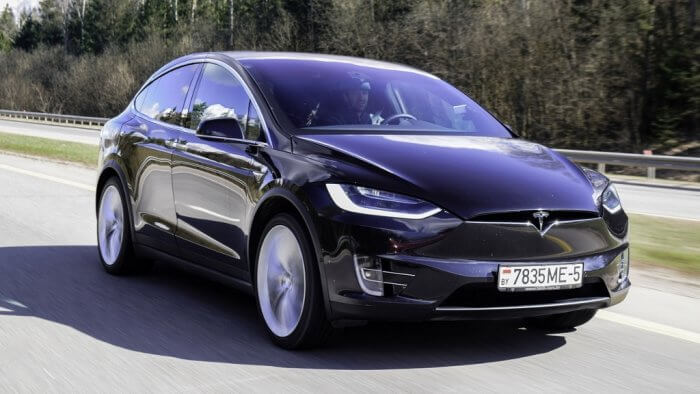There's a one in 200 chance you'll die in a traffic collision - is it time to take human error out of driving?
Why Driverless Cars Will Save Lives
There's a one in 200 chance you'll die in a traffic collision - is it time to take human error out of driving?

Driverless technology has raced forwards in recent years. Tesla has offered an Autopilot feature since October 2014 and numerous car manufacturers have followed suit, releasing semi-automated models such as the 2016 BMW 7 Series and 2017 Audi A4.
These vehicles still require a driver to be present and ready to take control at all times, but with all major car manufacturers and dozens of technology companies working on fully automated cars, pods and shuttles it’s a case of “when” not “if” for self-driving transport.
The acceleration of driverless technology has been rapid and exciting but the reception of self-driving cars has been lukewarm, with autonomous cars receiving skeptical news coverage and public opinion displaying widespread reservations.
But while there are still technical and legal problems with self-driving vehicles which need serious thought, stalling the process will not only damage the UK economy, but cost far more lives than it will save.
Problems with driverless cars
The new technology is not without flaws. Tesla’s Autopilot is known to have been in operation at the time of two fatal incidents; the first occurred in May 2016, when neither the car’s driver or on-board systems saw a truck turning the corner.
This March a second driver was killed when Tesla’s Model X SUV collided with the lane barrier. Data from the vehicle’s computer shows that the driver Wei Huang had 150 metres to respond to the car’s alerts but did not take the wheel to divert the course.
Driver complacency in semi-automated cars is certainly an issue which needs addressing. Also in March, the sad news of a pedestrian killed in Arizona by an Uber Volvo XC90 SUV marks the first time a driverless vehicle has killed someone other than its occupant.
Dashcam footage of the incident shows the driver was not paying due attention, but questions also remain for the company as the Lidar laser technology that enables the car to “see” should also have detected the pedestrian. Evidence suggests that Uber had disabled the Volvo’s automatic safety systems which would have detected the pedestrian and stopped the vehicle.
Uber grounded all its self-driving vehicles in response to the incident, and questions have been raised about the company’s culpability if it rushed through the technology and deactivated or neglected to employ failsafe backup systems.
We have long advocated the introduction of autonomous safety systems as a requirement where a vehicle is capable of operating autonomously or semi-autonomously. It is our view that once the autonomous vehicles are sufficiently capable to be approved for public use, a compatible autonomous safety system will be a requirement of any autonomous vehicle.

A Tesla Model X: could recent collisions involving test vehicles have been averted?
The case for autonomous vehicles
Every death on the roads is a tragedy, and these failings should never be treated lightly. But as human error has been shown to be a cause in 90% of traffic accidents, the fact remains that the automation of cars will prompt a phenomenal decrease in fatalities, injuries and damage to property.
Considering that there is about a 1 in 200 chance of dying in a road traffic accident in the UK, much higher if you are young, the number of lives which could be saved by these innovations is colossal.
While people will always be prone to error, self-driving technology has the potential for continual improvement. These incidents should have been avoided in the first place, but the data collected by the cars’ technology offers an opportunity to learn how to avoid further crashes in a way simply not possible with the majority of collisions.
As well as improving current technology, entirely new safety mechanisms can be developed. Researchers at Stanford University have recently developed a laser which allows cars to see hazards around corners. Dubbed the “super-laser”, this could be a game changer.
It gives automated cars the ability to detect hazards far beyond human capabilities. If a ball rolls into the road in a side street, theoretically the super-laser could anticipate that a child might run after it before the car even turns the corner.
Proceeding with caution
That’s not to say there aren’t still issues to be resolved. One of the most important barriers to driverless vehicles is public resistance to the idea, and keeping people informed and on board is an important part of the process.
Outreach programs such as the GATEway Project are incredibly useful in gathering public response to driverless vehicles. The driverless pods have been transporting people around the Greenwich peninsula, and have generated significant interest.
The scheme helps manufacturers understand attitudes towards driverless cars, but the opportunity to try automatic vehicles will also help people understand the benefits of the technology.
Perhaps even more of a concern than public opinion is the need for a well-planned road map of new laws. Who will have legal responsibility for crashes caused by driverless vehicles? How should vehicles anticipate and ‘think ahead’ for possible incidents? If a crash is inevitable, how should the vehicle react?
Without rigorous consideration of the possibilities of machine-controlled transport we risk accelerating towards incidents with no legal road-map. Pre-empting these questions makes sense.

Are the UK's roads ready for automated technology?
Driverless innovation in the UK
The UK is taking significant steps towards ensuring this legal structure is in place.
The government is keen to give the green light to automated transport innovation but realises the importance of getting the right legal frameworks in place; on 6 March it announced a three year legal review of driving regulations to ensure that the country’s “laws and regulations keep pace” so that the UK “remains one of the best places in the world to develop, test and drive self-driving vehicles”.
Overall, the UK fares well in terms of accepting driverless innovations. A recent report by KPMG ranked the readiness of 20 countries for the introduction of self-driving technology. The Netherlands emerged at the top of the rankings, followed by Singapore and the USA, with the UK finishing in 5th place behind Sweden.
Getting the green light
Placing high value on legal and technical expertise is key to making sure that this game-changing new technology flourishes. With the correct resources invested in autonomous vehicles we can accelerate towards a future where road deaths are a fraction of their current number, and the few that do occur are investigated and recompensed fairly.
But public opinion is crucial to the technology’s success, and opportunities for people to experience the innovations themselves will have a huge impact on acceptance of self-driving cars.
We shouldn’t forget that our current horseless carriages were once a radical and dangerous piece of technology. But engine-powered transportation steamed ahead because the benefits were judged to outweigh the risks. Driverless cars offer an opportunity to slash the human cost of our current road system, and giving them the red light will cost lives.
Stephen Hamilton, partner at national law firm Mills & Reeve.
Thanks for signing up to Minutehack alerts.
Brilliant editorials heading your way soon.
Okay, Thanks!

